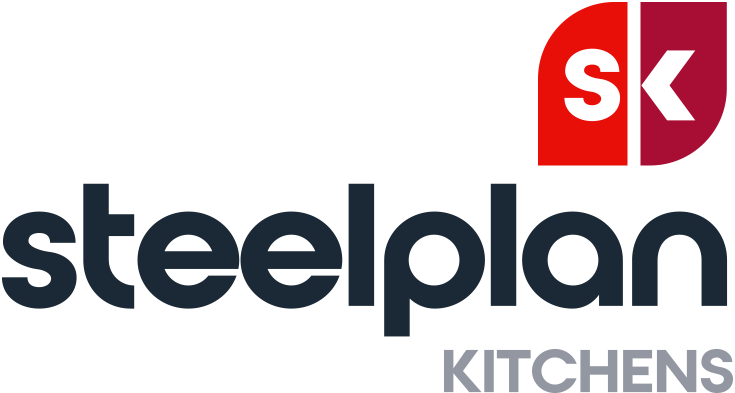MDF and chipboard are readily available, lightweight materials that are regularly used for projects in the home.
Since you can put them in a flat pack, they’re frequently sold in ‘DIY’ home kitchen kits. In a home where they aren’t intensely used, they can work well enough.
However, if you are considering a new kitchen for a semi-commercial environment, such as a community centre or church hall, you’ll want to avoid unsuitable materials like MDF and chipboard.
We’ve already talked about why flat-pack kitchens don’t suit this ‘semi-commercial’ environment, but there are a few more things to watch out for when dealing with these two in particular.
- If it’s made of MDF or chipboard and it comes in a flat pack, it’s not suitable for a semi-commercial space
Home kitchens, industrial kitchens and semi-commercial kitchens all have different uses, and you will only get the most out of your kitchen if you choose the right one for your space.
That being said, if a flat-pack MDF / Chipboard kitchen is being advertised as ‘semi-commercial’, steer clear – it’s just marketing. A home isn’t a semi-commercial environment.
Flat-pack kitchens are well-suited to a home because they won’t see intensive use, and as MDF and chipboard are light and easily transportable, this is why you’ll see them sold in flat-packs at your local large DIY shop.
If your community centre kitchen will see periods of intense usage and high-volume cooking by multiple people at the same time – say, for a church or village fête – MDF and chipboard surfaces will start to chip, nick and wear over time – and flat pack on site assembly has inerrant assembly issues that the fitters will not thank you for!
- They’re not durable
We’ve already explained that flat-pack kitchens aren’t durable: what makes them light and easy to transport in a flat pack also makes them infamously flimsy, especially when compared to materials such as stainless steel or powder-coated mild steel.
This means that even if they survive transport – which should be a prerequisite for a kitchen – regular usage and even regular cleaning will damage the material.
That goes without mentioning how they soak up moisture and grease, and how chipboard is a tempting food for mites. More importantly, if the build quality is poor, your users could risk getting hurt, which presents a health and safety risk that you could be liable for.
So, as reasonably priced as they may seem when you purchase one, don’t be surprised if you need to regularly replace carcasses, doors or surfaces – or your drawers come clean off when you pull them because the screws have come out of the chipboard carcass.
- Even protective measures have their downsides
As we already mentioned, MDF and chipboard are mostly used in cabinet or cupboard doors in domestic environments.
To protect the surface material, suppliers will often coat them in a ‘foil’ (vinyl) wrap. Whilst this can prevent some damage, frequently, this fine coating will start to bubble as air pockets emerge.
Even more concerningly, the wrap can peel if it becomes excessively wet (an unavoidable part of working in a kitchen) and the same issue arises when suppliers wrap an acrylic seal around the edges of the door.
Not only do these issues ruin the look of the doors, but bubbles and loose edging seals are tempting things to pick at, too. If your community centre welcomes young ones, such as Cub Scouts or ‘Messy Church’ groups, don’t be surprised if your kitchen staff find some unwanted damage with the need for redecoration.
- They’re not nearly as convenient as you might think
Lastly, flat-pack kitchens, particularly those made of MDF and chipboard, are convenient to transport – but rarely convenient to put together.
One of the purported ????? benefits – the DIY factor – becomes less attractive once you realise that setting up a kitchen (and one made of flimsy materials at that) is not a one-person job.
If – and only if – it has survived transportation with every single piece you need in the flat pack, then you will need a team to put it together to make sure each piece doesn’t snap or threads strip during assembly as you put it together. This incurs an extra cost, and the time to install these unit kitchens is quite high.
After all that time, it will start to wear very quickly in a semi-commercial environment, which means it just isn’t worth the effort to install.
So, what’s the solution?
For a community centre or a church, the perfect solution isn’t a home kitchen or an industrial-looking stainless-steel kitchen: it’s a semi-commercial kitchen.
This is because they’re a perfect medium between the two with the Zintec polyester powder-coated mild steel build is easy to clean, and can cope with the wear and tear of busy, regular kitchen usage. However, it can also incorporate the pleasant design aesthetics associated with domestic kitchens.
What’s more, they’re far easier to install than any DIY flat pack kitchen because they are ready-made to install in your space. If you want to learn more then get in contact today with our friendly team by calling 0844 809 9186 or sending an email to [email protected]





